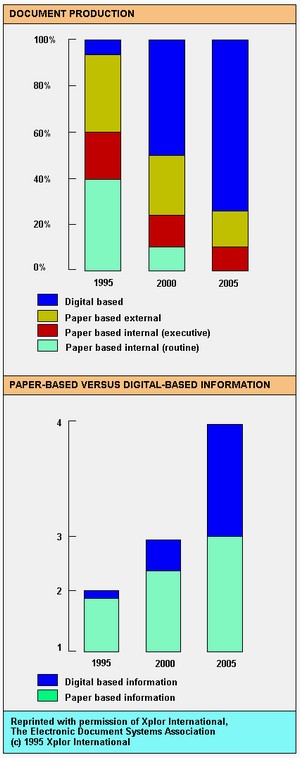Open Source and The Mythical Man Month!
This is a re-post of my original article, modified to reflect clarifications that I received from the author, which were very much appreciated. In fact the author spent some time developing a response which he kindly sent to me rather than posting as a comment. However having read the comments, I still thought that a slightly modified article had something useful to say so I made these updates and reposted.
———————————————————–
 Nic just blogged on an interesting article published by IBM titled “Opening minds: Cultural change with the introduction of open-source collaboration methods”.
Nic just blogged on an interesting article published by IBM titled “Opening minds: Cultural change with the introduction of open-source collaboration methods”.
It’s message centred around the concept that there are two cultural models, the Traditional Approach and the Open-Source Approach. I mistakenly thought that the traditional approach was described by the classic book “The Mythical man Month”, the Open Source approach by Linus. However the author has pointed out to me that only certain elements of the approach described in the Mythical Man Month are actualy being referred to in the article. The following table from the article describes the key differences:
|
Traditional Approach |
Open-Source Approach |
|
Brooks’ Law |
Linus’ Law |
|
Hierarchy |
Network |
|
Experts |
Peers |
|
Teams |
Communities |
|
Cathedral |
Bazaar |
|
Perfection |
Improvement |
|
Construction |
Evolution |
…



 In
In 
 I
I 

 X1 Technologies on Friday started shipping a version of its X1 Desktop Search software that supports Lotus Notes, the first time that the local and network search product has deigned to deal with IBM’s messaging product. I installed it but Notes does not appear in the list of Email systems to index, so I will have to investigate 🙁
X1 Technologies on Friday started shipping a version of its X1 Desktop Search software that supports Lotus Notes, the first time that the local and network search product has deigned to deal with IBM’s messaging product. I installed it but Notes does not appear in the list of Email systems to index, so I will have to investigate 🙁